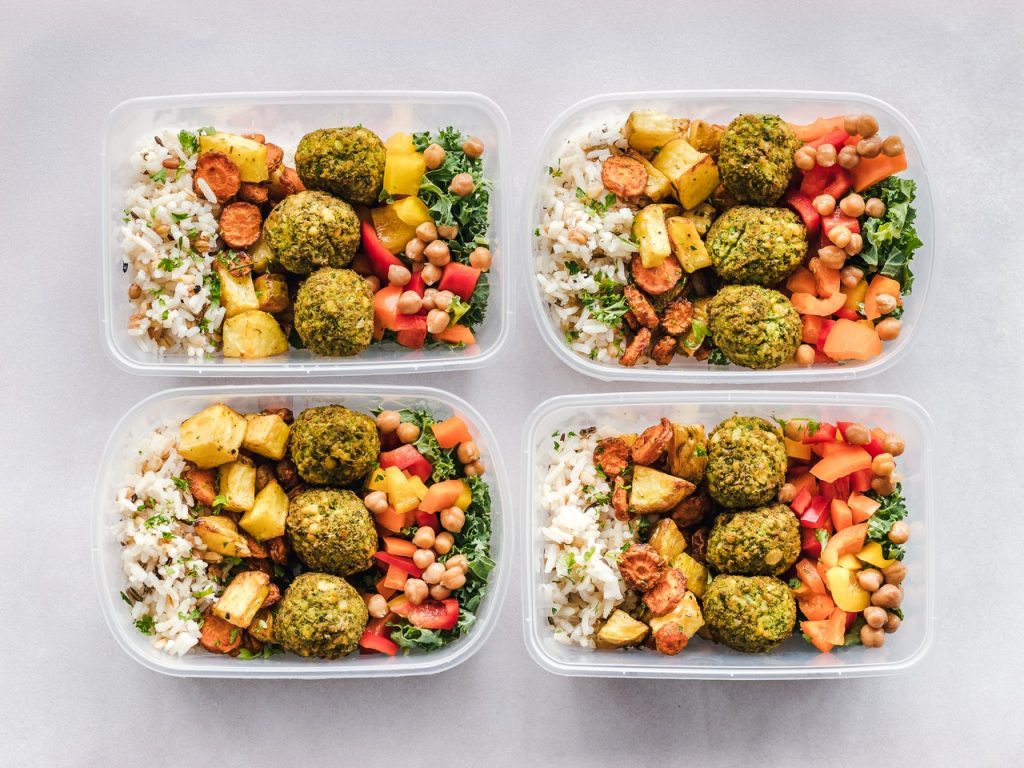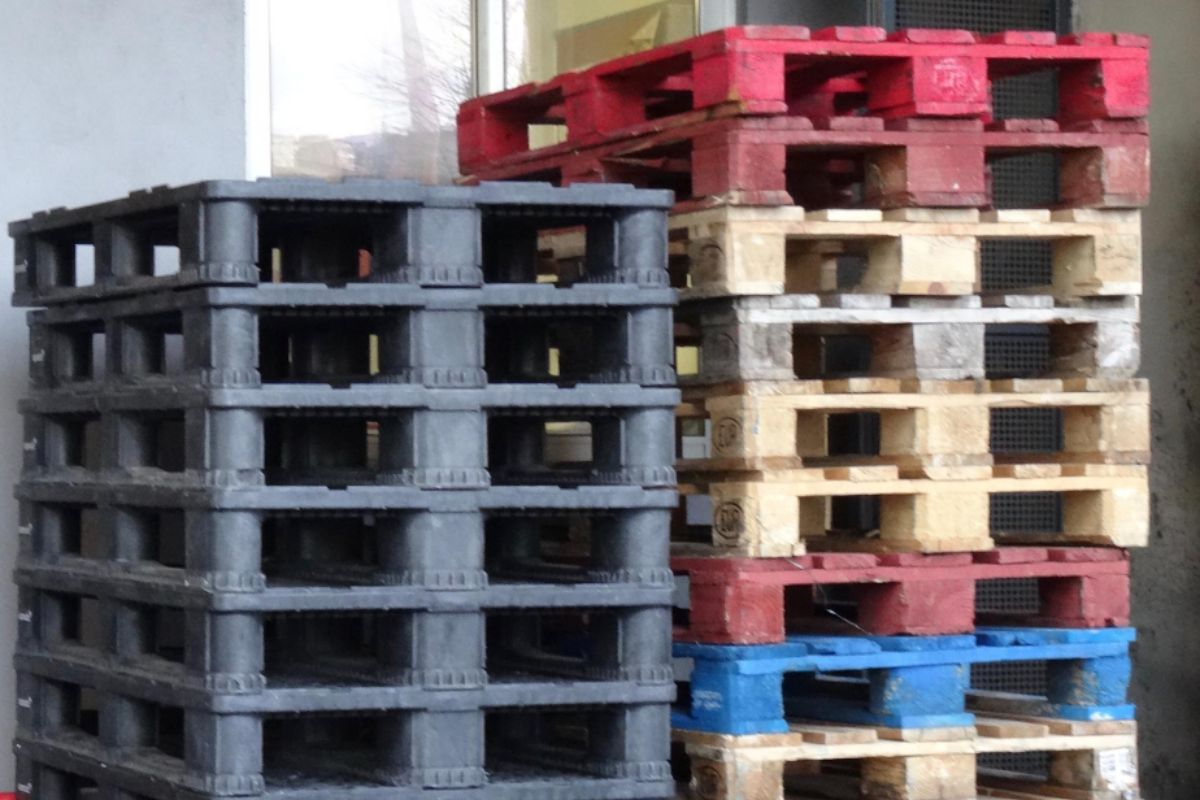What are the benefits of plastic packaging?
- Flexible
- Lightweight
- Durable
- Versatile
- Compact
- Resistant to corrosion
- Cost-effective
Plastic is one of the most widely-used materials. Its applications have been part of everyday household items like food containers and plastic bags that have been repurposed for multiple uses. With this in mind, the benefits of plastic packaging are not difficult to see once compared with other materials. Though plastic is not a new invention, the way it has been used for many decades does say a few things about its quality. Read on to learn more.
Flexible
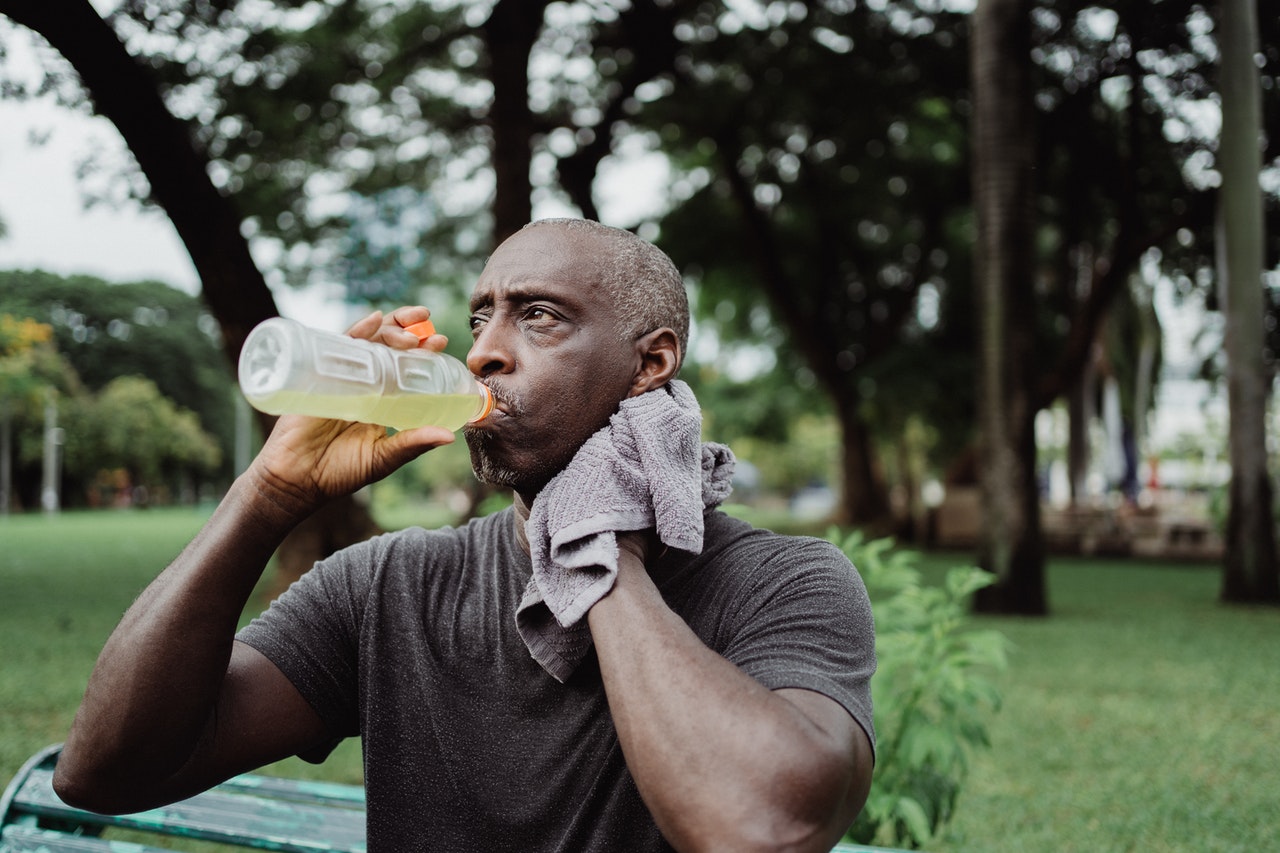
Through different manufacturing techniques, it has been made possible to come up with a wide range of plastic containers that have unique designs that are also functional. Different types of plastic packaging exist in the market, and they may come in the form of beverage containers, water bottles, disposable lunchboxes, or gas cans.
Plastic is a highly-malleable material, meaning there are many alterations that a manufacturer can make — the possibilities are simply endless. On the other hand, consumers have the freedom to come up with their own looks for plastic packaging that better suits their preferences.
Lightweight
Depending on the kind of plastic, this material can be composed of both natural and synthetic ingredients. Despite this, its light weight can be attributed to its unique chemical structuring.
Lightweight plastic packaging proves to be an advantage for people who are turning towards alternatives. For example, stainless steel containers are bulky and can easily add a significant amount of weight when carried inside a bag. If replaced with plastic, the result is a lighter material that still does the same job of properly storing almost any kind of material. This is beneficial, especially if someone is carrying a large volume of items at any given time — even just a simple change of packing material can already do so much in providing that person with ease and comfort.
Durable
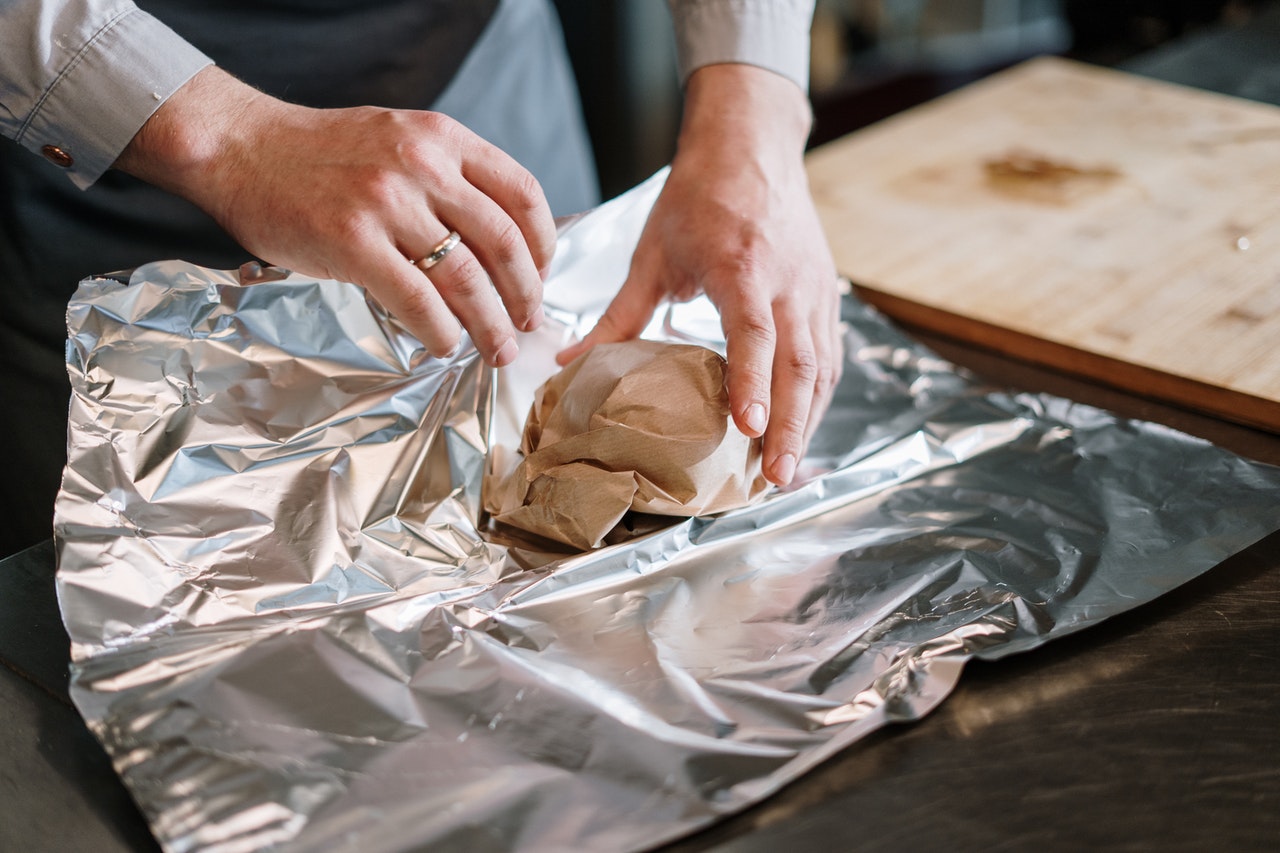
Let’s take a look at food packaging. Usually, when you take out food from a restaurant, you’ll find that they either store it in reusable plastic containers or foil wrapping. Though foil wrapping may seem to be lighter than the plastic container, they’re not really sturdy and you might have trouble when it comes to carrying around the take home item.
Plastic is significantly more durable than other materials, meaning that you can expect your stored food or product to still retain its quality and form even after a long time. Aluminum foil, for example, can easily be torn off with a simple motion, but plastic cannot. Even if the packaging shifts due to movement, plastic is still flexible enough to retain its original shape.
Versatile
Another great feature of plastic is its high versatility. Even if plastic products like plastic bags have already been discarded, they can be recovered and used for newer products.
One simple, yet valuable illustration of this, is the plastic ecobrick. These are plastic bottles that were once used as containers for fluids that have been repurposed as a viable replacement for typical hollow blocks during construction. Producing hollow blocks can be time-consuming, but the readily-available plastic packaging in the form of bottles provides both a versatile and sustainable building option.
Compact

Plastic packaging can be stored alongside other kinds of packaging with relative ease. This is because manufacturers have made it a point to design the material in such a way that it can be stacked on top of other objects.
Even something a small plastic envelope can easily slide and fit in with books — apart from having the capacity to store many documents all at once. All types of plastic packaging are also ergonomic, meaning that they can be carried around without a person having to exert too much effort in doing so.
Resistant To Corrosion
Metals, especially those that have a high iron content, are prone to corrosion — something that you certainly won’t find in plastics. When used as packaging, this means that any item that is stored inside the material won’t be endangered by chemical changes that can mar its quality.
Using plastic packaging for your food is a far safer choice compared to other materials like cardboard or paper, for example. No plastic fibers can contaminate the food even after some time has passed since storing it in the packaging. More than that, the container can also be stored inside a refrigerator to lengthen the freshness of the product with very little problem.
Cost-effective
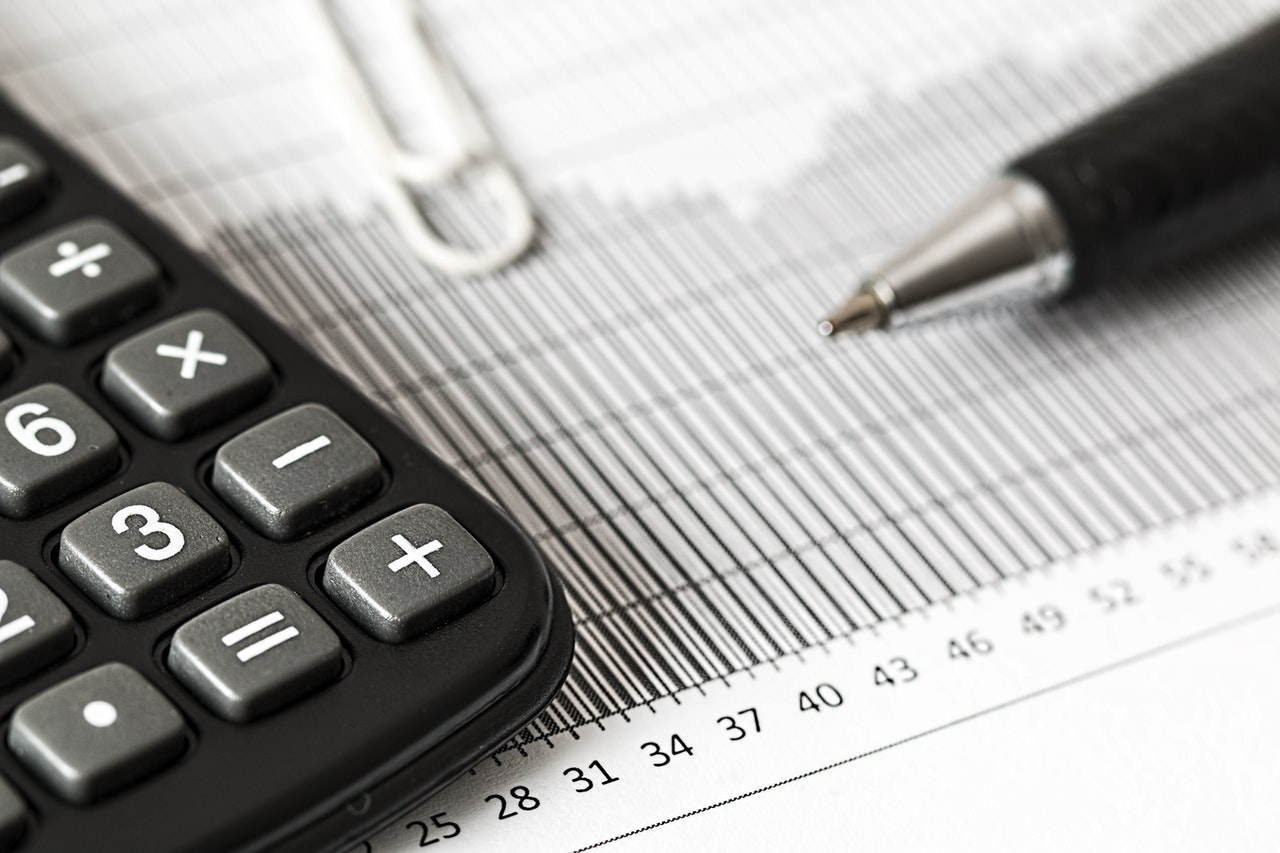
Finally, plastic packaging is relatively cheap since the production process offers inexpensive alternatives. If you’re planning on customizing a plastic packaging of your own, you’ll find that it’s far more affordable compared to materials like wood or other alloys.
Due to the cost-effective nature of plastic packaging production, many people are able to afford the material and use it for their everyday lives. Likewise, manufacturers are always finding new ways of reinforcing the already-existing plastic packaging found in the market. It won’t be long before these products may now be made accessible to the public.
Key Takeaway
With the article, you’ve been introduced to some of the benefits of plastic packaging. It’s lightweight, durable, cost-effective, versatile, and compact. This makes the material one of the most suitable products in the market since it can be found in almost any industry.
Even if the material has been around for decades, its advantages are often overlooked, but this shouldn’t be the case. The next time you choose between plastic and other materials for a particular packaging, consider the benefits above to help you decide better.
